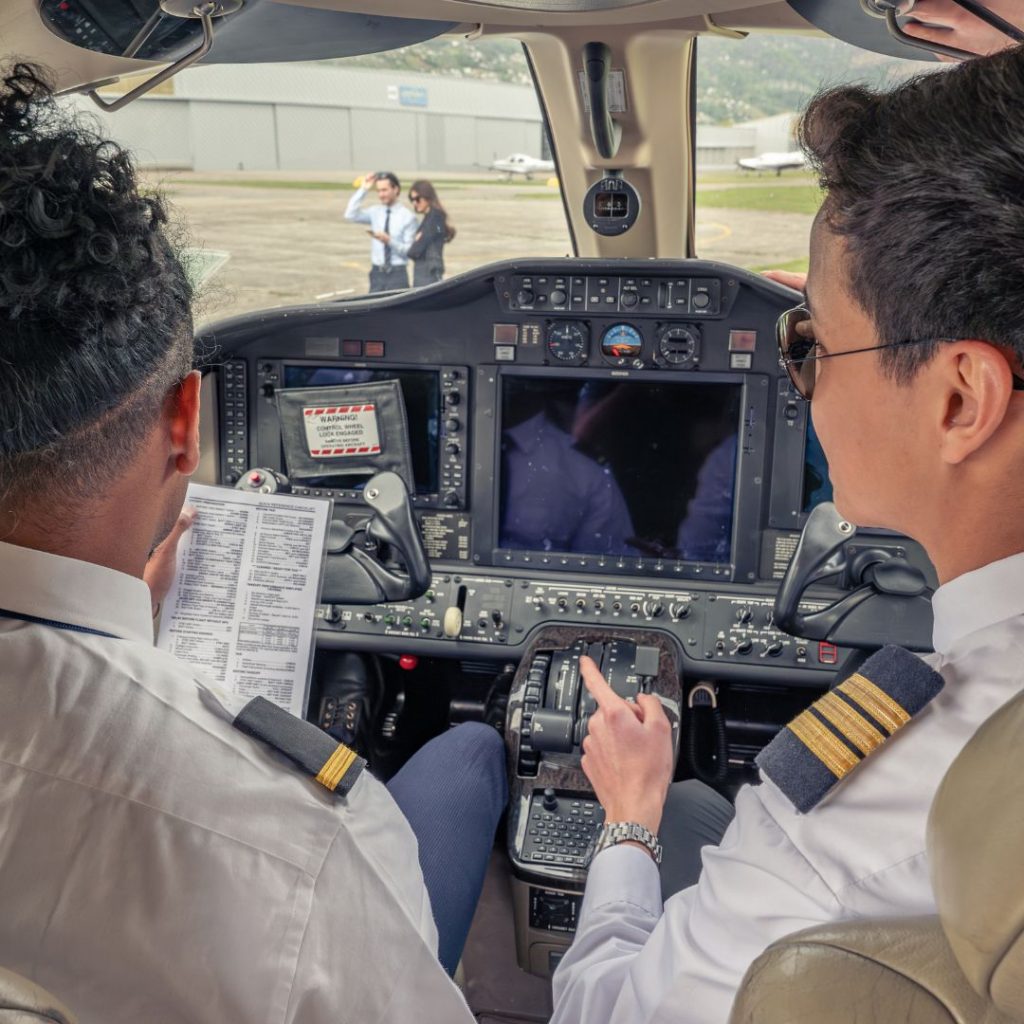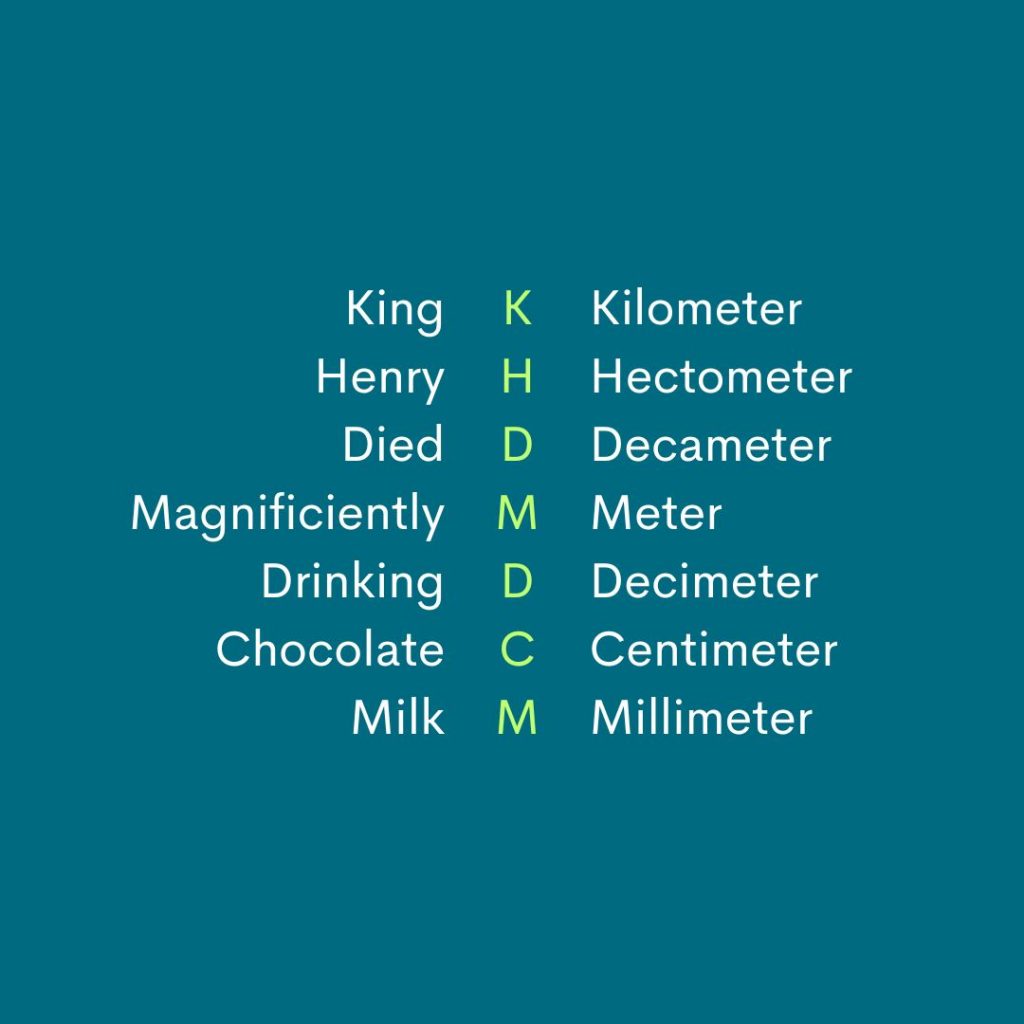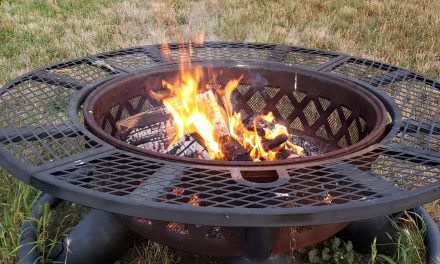Check lists are everywhere. We have apps on our phones, lists on our refrigerators, and memorized check lists for instant recall. A tool of pilots, surgeons, house inspectors and astronauts, check lists come in a wide range of formats serving an even wider range of functions. Check lists go beyond creating To-Do check lists to support your travel planning and general organization goals.
Ultimately, how you incorporate check lists into your extended travel depends on your travel goals. Knowing why they’re essential will help you develop your own!
Identify and Prevent Potential Problems
Pilots use them every time they fly regardless of the plane or number of hours they’ve flown. Sometimes you’ll see them going through the check list as you board, one reading aloud each item on the list as the other tests verbally confirming each step. Head to your nearest general aviation (GA) airport on a beautiful weekend and every single VFR and IFR pilot will be working through their pre-flight check list before heading off for that $100 hamburger.

There are pre-flight and post-flight check lists specific to each plane. The pilot tests gauges, switches, and the mechanical components of the plane like the flaps. Ever look out the plane window and seen the flight crew on the ground looking up at the huge aircraft? They’re working through a check list. Each check list item is considered essential to the safe operation of the aircraft.
What can we take away from a pilot’s check list and apply to extended travel? Check lists are invaluable for any process that has lots of moving components and is essential to a smooth operation. They minimize the risk of potential problems arising along the way by reminding you to do preventative checks.
For RVers and boaters, a check list is invaluable for safely preparing for travel. Check lists can be long or short and, like planes, will vary by rig or boat, but they will include tasks like verifying that bay doors or hatches are secured, checking necessary lights, securing the tow vehicle or the dinghy, and setting travel coordinates in the mapping system.
Relying on a mental check list works…until it doesn’t.
Physical check lists don’t forget!
Quickly Handle Problems When They Happen
Today we watched friends head off on the next leg of their trip. Very experienced RVers, they’ve traveled throughout North America with their car towed behind their long rig. In addition to physically hooking up the car, they have a very specific, timed process they have to follow inside the car to successfully tow their car without damaging essential systems. The timing is very precise and when they’d completed the 7-minute process, they realized a window was open. In a bit of a hurry to make their destination by a certain time, they chose not to run through the entire process again. Instead, they closed the window, locked the car, and headed off.
A minute or two later we noticed that they’d left ruts in the gravel road…the kind of ruts created by locked-up tires!
They’d barely made it down the road when they smelled burning tires. With check lists in their heads, they could quickly troubleshoot what happened, assess any damage, and work through the resolution. Experienced, very knowledgeable, and masters of their check list processes, one tiny deviation tried to trigger a snowball of problems, but their memorized check lists prevented any permanent damage.
Laminating important check lists protects them from greasy hands and damage.
Prevent complacency when performing repetitious or routine tasks
We’ve all heard it and we’re all guilty of it. Repetitious tasks breed complacency. Every week I buy eggs, but the one week I forget to include it on the shopping list, I come home with a nagging sense of forgetting something and have no omelettes that week.
The problem arises when we become accustomed to performing a task, but have no mental or physical check list to ensure it gets done. Hanging keys in the same location will catch your eye as you walk out the door. That’s creating a short check list.
Repetitious tasks can be as innocuous as buying eggs or as critical as filling both fuel tanks before a long voyage. Relying on habit is like trying to grocery shop hungry and without a list. Odds are you’ll arrive back home with plenty of fun things to snack on, but not all of the essentials you needed to make your favorite dish!
Some people choose to create mental maps of stores so they’re visually reminded to purchase regular ingredients when passing through that aisle. Other people rely on written lists.

Mnemonic devices, like songs or rhymes, are an effective way to create short check lists for repetitious tasks. They also work well for check lists you need on the fly, but don’t use often.
Songs and rhymes create a strong memory enabling us to recall them at will.
Ensure nothing is forgotten when performing infrequent or New-to-You tasks
When extended travel is by RV or boat, there are maintenance tasks that must be done daily, weekly, monthly or every set number of hours/miles (e.g. oil changes). Daily tasks quickly become an automatic, integrated part of your routine. Soon enough weekly tasks become easy to remember. It’s the monthly or more infrequent tasks that can easily be forgotten for extended periods of time without a check list reminder.
The first time you house sit for a month, you’re probably going to remember the list of tasks the homeowner is expecting you to complete. By your sixth house sit, the mental list might start to get blurry. Did they need you to change the air filter or mow the lawn? Hopefully the homeowner left you with a check list. If not, creating one as soon as you arrive helps to keep expectations clear.
Customization is Key
The true value of check lists is in their context and the user’s understanding of what each item or step means. Reading a pre-surgery check list isn’t going to help you prepare to move your RV or navigate the visa process for a new country. You can create a general house sitting checklist, but will probably need to customize it based on each homeowner’s needs.
Check lists can cover detailed steps (e.g. how to fix the quirky water heater if it shuts off) or more general tasks (e.g. mow 1x/week, change the air filter 1x/month). If you’re traveling in an RV or boat, you might create different check lists based on your personal workflow.
Most importantly, check lists need to work FOR you, doing the heavy lifting so you can focus on enjoying your experiences!
Top photo by Glenn Carstens-Peters on Unsplash





